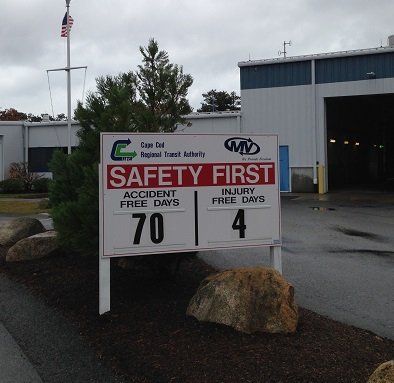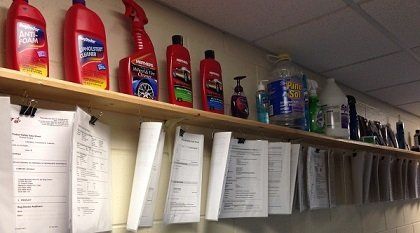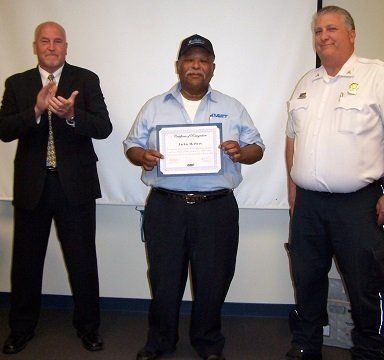According to the Occupational Safety and Health Administration (OSHA), every 12 minutes there is a fatal motor vehicle crash, every 10 seconds an injury occurs, and every 5 seconds a crash occurs. As bad as crashes are, they're only one of the safety concerns that transit operators and other employees face every day.
Programs and practices that emphasize safety not only save lives and stop injuries but also save money and resources, so it's not hard to see why safety procedures are embraced at transit agencies across the country.
Ideas and initiatives that can help make safety a priority include:
- Explicit procedures for dealing with a variety of situations
- Making it clear that it's a management priority
- Continuing education or training
- Employee buy-in through engagement
- Accountability and accurate reporting and measurement
Sharing best practices between transit systems can also help by spreading ideas that are proven to work. Here are some innovative practices at small transit systems around the country:
Distributing information to everyone who needs it is a vital part of the effort to keep employees and passengers safe. Catch-A-Ride of Dillsboro, IN, has implemented an information-sharing program that dispenses flyers with safety tips to drivers every other month – or more often if necessary. "Each flyer has a different theme; some are relevant to the weather (tornado season, winter weather, etc.) and others are related to defensive driving, a recent issue, or a topic suggested by a staff member," said Erin Thomas, Director of Catch-A-Ride. It's especially helpful if operators can use their own experiences to suggest what information they think others might need to know.
Documenting safety concerns is also an important step in addressing them. Having forms that are both easy to use and accessible is necessary to encourage people to actually use them when there is a safety concern. Harford Transit LINK, of Harford County, MD, created a form with the goal of making it easy to use and fill out correctly, thereby increasing usage for notification of accidents and fuel spills. It also combined the notification form with the chain of command contact information, so that all of the pertinent information is in one place, and can be accessed immediately. "We print these two forms on front and back so that if a Dispatcher receives a call they only have to pull out one form and flip to the appropriate side to begin filling out the important information," explained Jim Ports, Administrator for Harford Transit.





